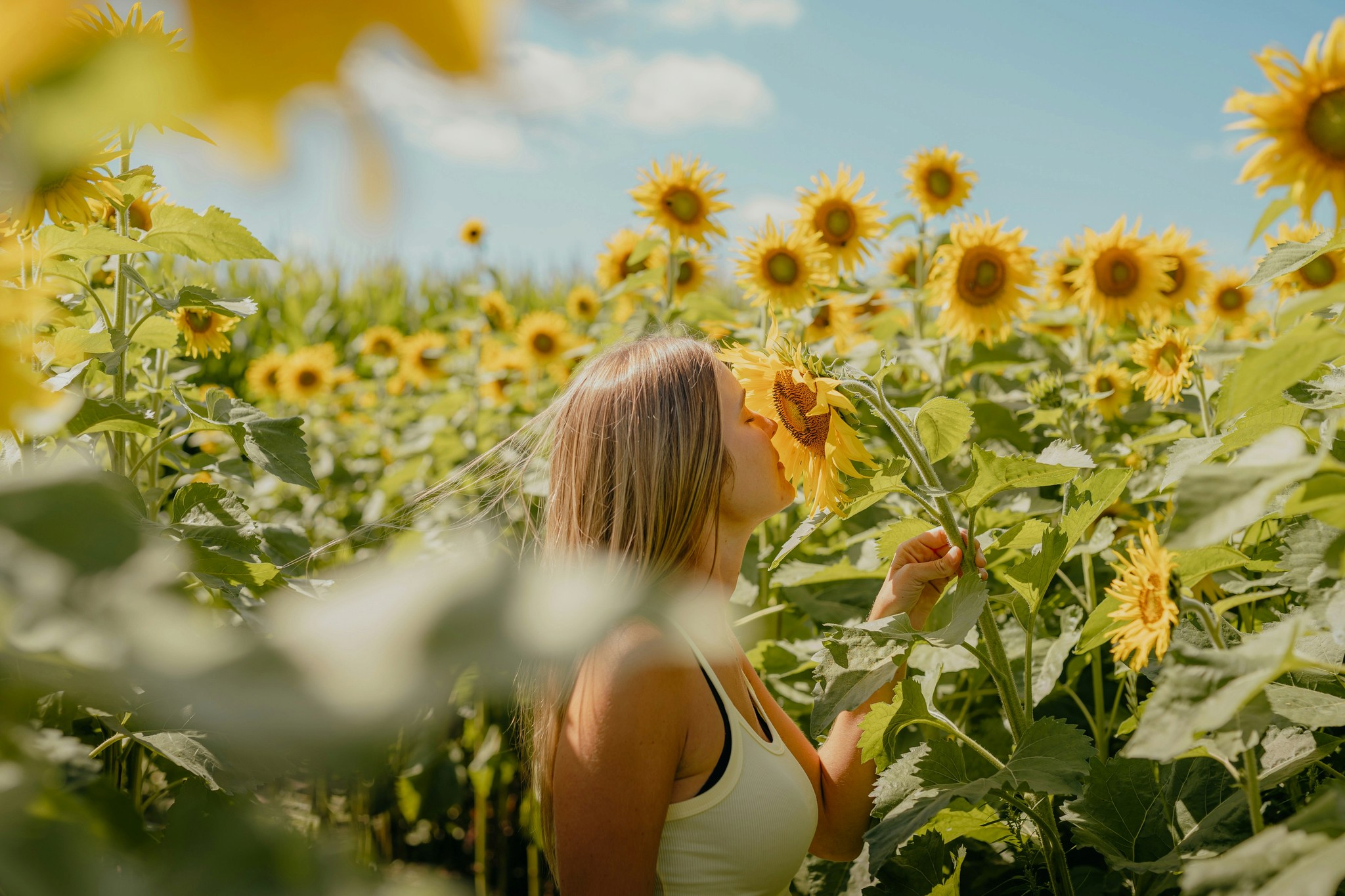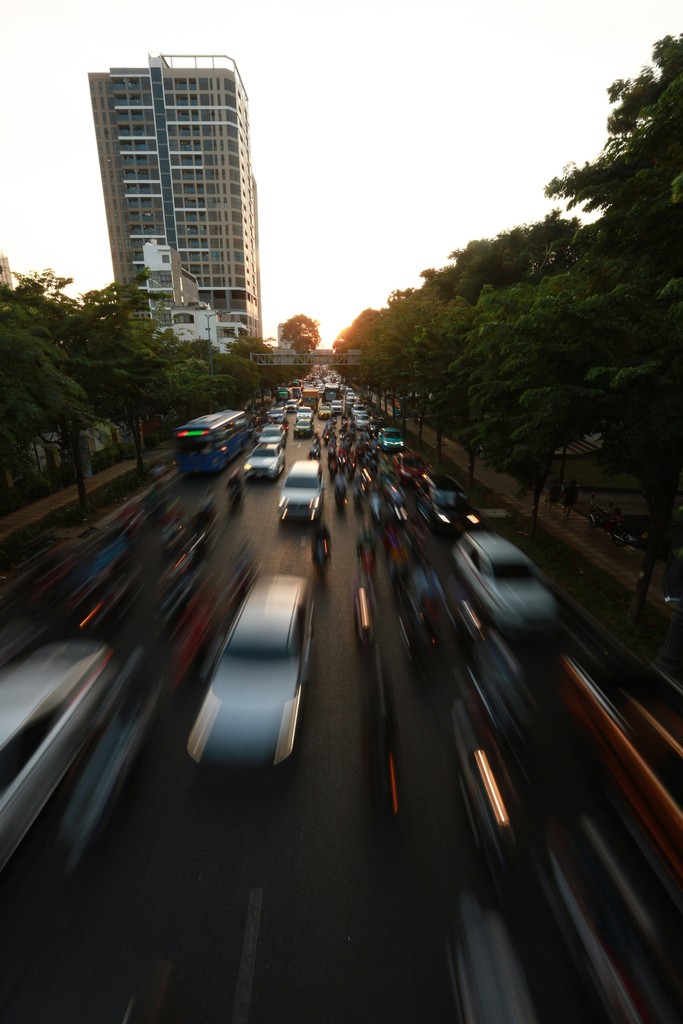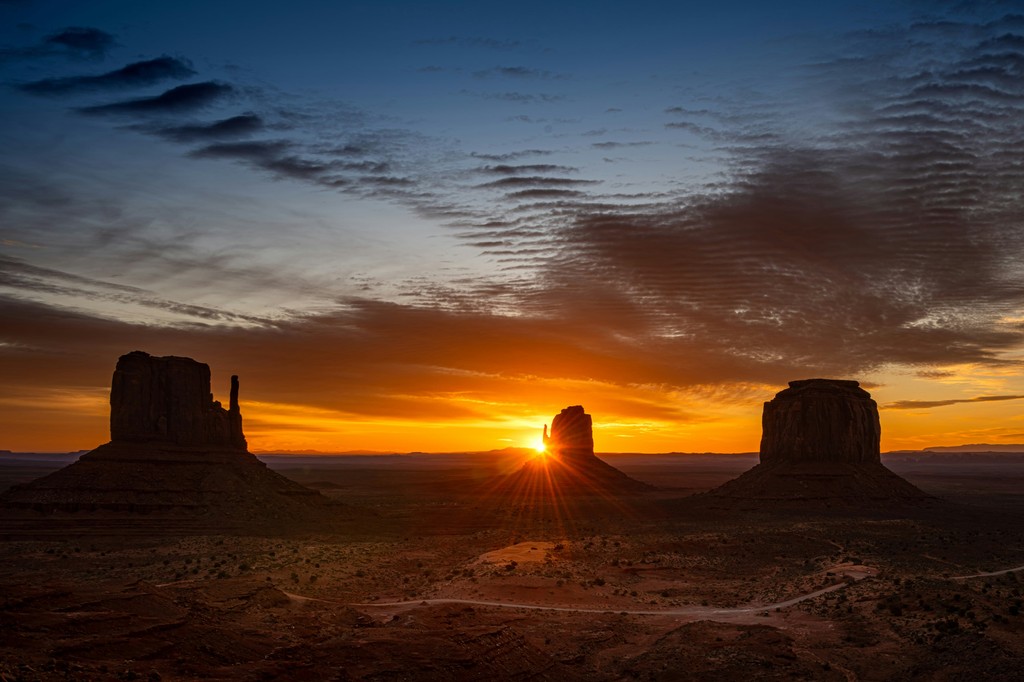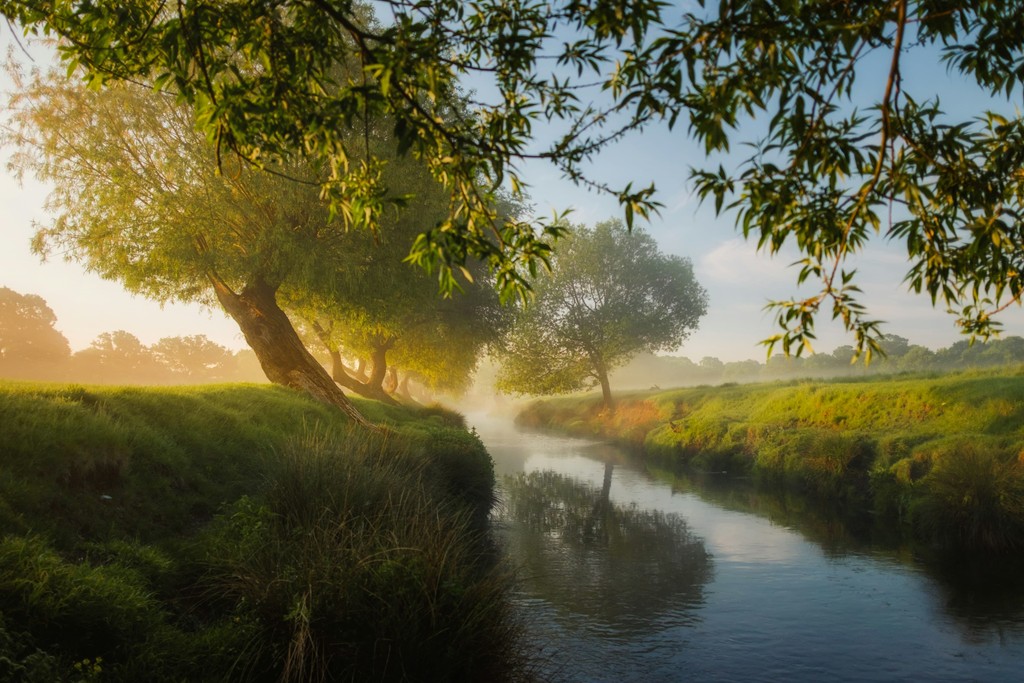Mastering Shutter Speed
Nov 22, 2023
Tutorial
Shutter speed is one of the fundamental elements of photography, wielding the power to freeze action, convey motion, or create dramatic effects. Mastering shutter speed opens up a world of creative possibilities, allowing photographers to capture fleeting moments with precision and imbue their images with emotion and energy. Whether you're photographing fast-paced sports, serene landscapes, or dynamic street scenes, understanding how to manipulate shutter speed is essential for achieving your desired results.
Understanding Shutter Speed
Shutter speed refers to the length of time that the camera's shutter remains open, determining the duration of exposure and the amount of light that reaches the camera's sensor. Measured in fractions of a second, shutter speed plays a critical role in controlling motion blur and freezing or emphasizing movement in your photographs.
Freezing Action with Fast Shutter Speeds
Sports and Action Photography: When photographing fast-moving subjects such as athletes, wildlife, or vehicles, use fast shutter speeds (1/500s or faster) to freeze motion and capture sharp, decisive moments. High shutter speeds ensure that moving subjects appear crisp and clear, preserving details even in the midst of rapid movement.
High-Speed Photography: Experiment with ultra-fast shutter speeds (1/1000s or higher) to capture split-second moments that are invisible to the naked eye, such as the splash of a water droplet or the flutter of a bird's wings. High-speed photography reveals the beauty and complexity of fleeting moments, freezing time in mesmerizing detail.

Conveying Motion with Slow Shutter Speeds
Long Exposure Landscapes: Embrace slow shutter speeds (several seconds or more) to create dreamy, ethereal landscapes with smooth, flowing water and streaking clouds. By allowing the shutter to remain open for an extended period, you can blur motion and convey a sense of tranquility and movement in static scenes.
Light Trails and Night Photography: Experiment with long exposures (several seconds to minutes) to capture dynamic light trails from passing cars, trains, or city streets. Slow shutter speeds transform ordinary scenes into mesmerizing vistas of color and motion, revealing the rhythm and energy of urban life after dark.
Creative Applications of Shutter Speed
Panning: Explore the technique of panning, where you track a moving subject with your camera while using a slower shutter speed. Panning creates a sense of motion in your images, with the subject appearing sharp against a blurred background, drawing attention to the dynamic energy of the scene.
Motion Blur: Intentionally blur moving subjects by using slower shutter speeds to convey a sense of speed, energy, or chaos. Experiment with different shutter speeds to achieve varying degrees of motion blur, adding drama and dynamism to your photographs.

Practice and Experimentation
Mastering shutter speed in photography is a journey of exploration and experimentation. Take the time to familiarize yourself with your camera's settings, experiment with different shutter speeds in various shooting conditions, and observe how they influence the look and feel of your images. Through practice and persistence, you'll develop an intuitive understanding of shutter speed and harness its creative potential to capture moments of beauty, action, and emotion.
Conclusion
Shutter speed is a powerful tool in the photographer's arsenal, offering the ability to freeze time, convey motion, and evoke emotion in images. By mastering the art of shutter speed, photographers can unleash their creativity, capturing dynamic moments with precision and passion. So, venture forth with your camera in hand, explore the possibilities of shutter speed, and let your imagination soar as you capture the world in motion.
More Blog Posts








